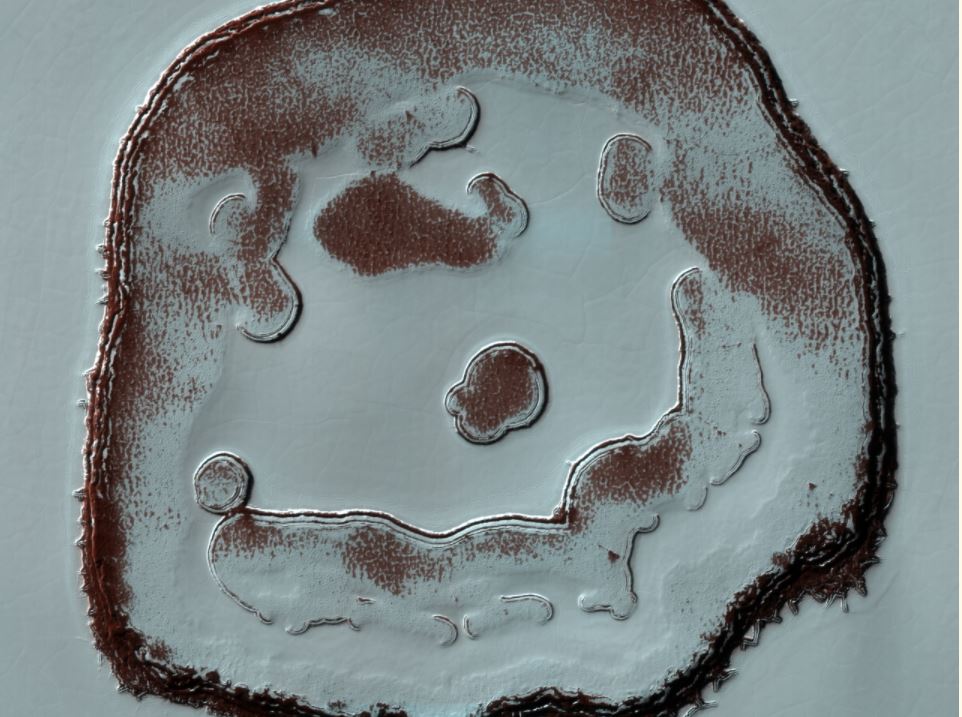

On February 4, Scott Waring of the blog UFO Sightings Daily, which publishes claims of UFO sightings, shared a blog post titled "Alien Figure Watching Mars Rover! 100% Proof of Life! UFO Sighting News." Fact Check: Did China Launch 'Artificial Sun' Into Space?.Fact Check: Did an Astronaut Smuggle a Gorilla Suit Into Space?.New Study Squashes Idea That Meteorite Represented Life on Mars.

While one mission, ExoMars, was intended to be sent during this time, it has now been postponed indefinitely. Mars' last 'close approach' was on 6 October 2020 and had three separate launches of Mars probes including Perseverance. In reality the path the spacecraft takes in that time is much longer than the minimum distance between Mars and the Earth simply because travel in space rarely happens in a dead straight line, instead curving somewhat like the orbits of the planets they are visiting. When planning missions to Mars, scientists and engineers will choose a specific time to launch their rockets so that the trip to Mars is as easy as possible - this is typically when Mars and the Earth are almost at their closest points to one another, partly because it's a shorter trip, but mostly because the motion of the Earth at that time is ideal for slinging the spacecraft out to reach Mars some eight months later. On average it's around 225 million kilometres. Because of this, the distance to Mars can be as little as 55 million kilometres when they are both in the same part of their orbits, or as far as 400 million kilometres when they are on opposite side of the Sun. If oxygen can be extracted from the atmosphere, it could be used in future human missions to provide oxygen to astronauts and possibly be used in other technologies such as transport systems on the planet.īoth Mars and the Earth orbit around our Sun, the Earth taking one Earth year to complete one trip, while Mars takes a little under two. It is also carrying samples of astronaut spacesuit material, testing to see whether they can withstand the harsh Martian environment.Īnother experiment called MOXIE (Mars Oxygen In-Situ Resource Utilization Experiment) is being used at various times to produce oxygen from carbon dioxide in the Martian atmosphere. Just like its detective namesake, SHERLOC is looking for the tiniest clues that could help solve the mystery of past life on Mars. These include an advanced ultraviolet scanner and microscopic camera known as SHERLOC (Scanning Habitable Environments with Raman & Luminescence for Organics and Chemicals). To complete these scientific goals, the rover has been fitted with several scientific instruments, each designed to perform different experiments or test new technology. This capability could pave the way for future human missions to Mars.

The search for life on Mars is certainly a key objective of the Mars 2020 mission.Īccording to NASA, “The mission takes the next step by not only seeking signs of habitable conditions on Mars in the ancient past, but also searching for signs of past microbial life itself.”Īll four science objectives for the Mars 2020 mission relate to searching for signs of life on Mars, making it the first such probe with an explicit search for life built into its mission. Will NASA's Perseverance rover find life on Mars?


 0 kommentar(er)
0 kommentar(er)
